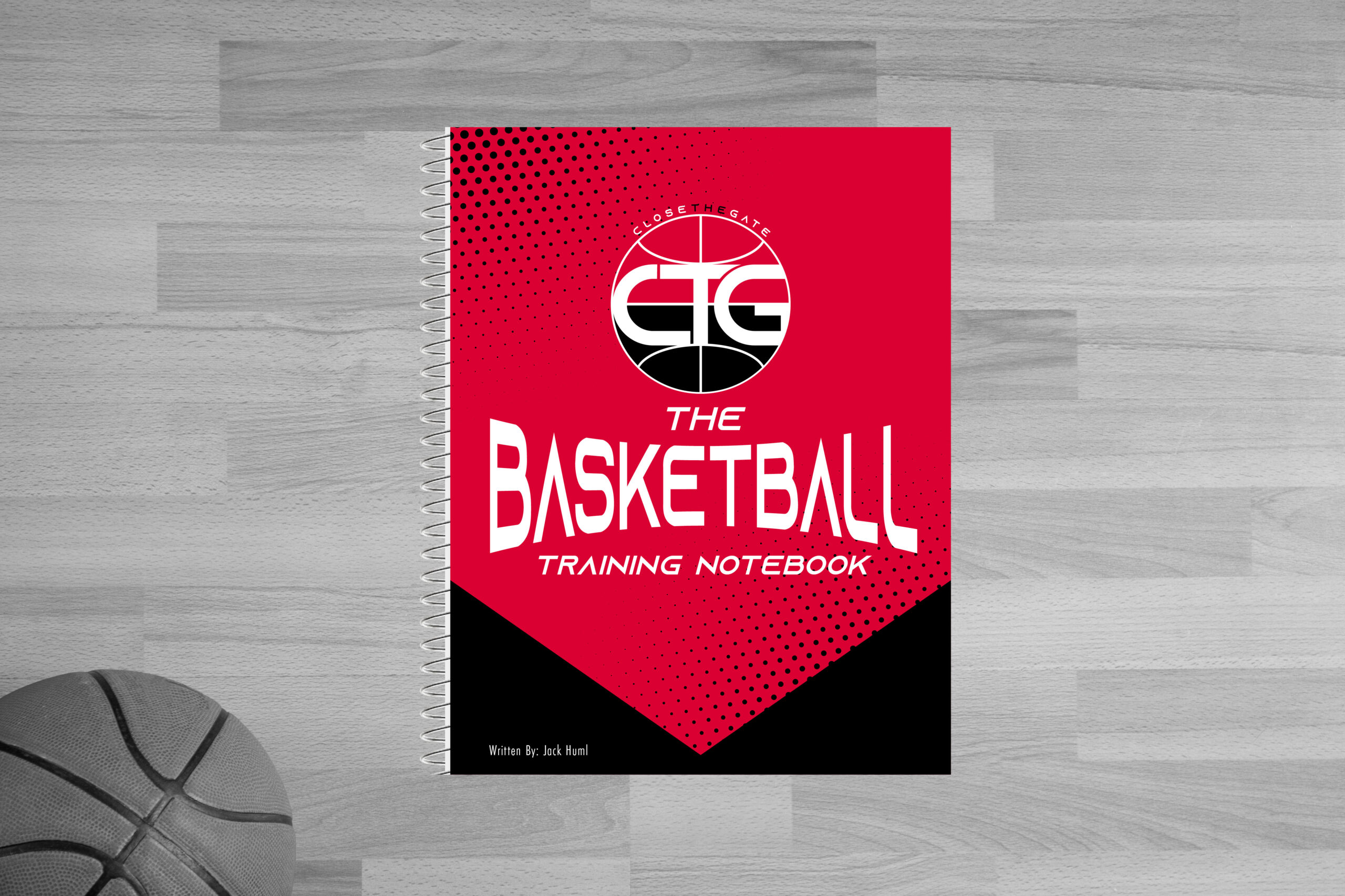Dealing With Different Coaching Styles
How players handle different types of coaching can be instrumental in their overall development.
There are different approaches to teaching the game and galvanizing a group to compete. What may click with one player, might not work for another. Yet, in order for a team and the players to have success, there must be a give-and-take to figuring out the best of any situation.
Can you think of some different types of coaches that you’ve had throughout your career?
- Disciplinarian
- High-energy
- Lenient
- Fun
- Controlling
Each of these coaching styles can offer a unique perspective to enhance a player’s potential in a variety of ways. In other words, skill development is simply an accumulation of the learning opportunities from playing experiences under different coaches, and dealing with different coaching styles is figuring out how to take advantage of it.
KEEP AN OPEN MIND
There are reasons for coaches being selected to lead a team. Maybe their strength is fundamental skill development, or the ability to teach a particular offense. At any rate, there is something that everybody could learn to help them improve.
Consider the 5 previous types of coaches and what could be extracted from each of them based on their type of coaching style:
- Disciplinarian: Focus on fundamentals and overcoming mistakes
- High-energy: Being a good teammate and playing with maximum effort
- Lenient: Emotional balance within the game – never get too low or too high
- Fun: Embraces the essence of competition
- Controlling: Attention to detail and understanding scouting reports
These are hypotheticals, of course, however, the point remains that dealing with different coaching styles is about keeping an open mind to continue learning and improving as a basketball player. A part of this equation comes with being coachable; demonstrating a willingness to accept instruction and adapt to different coaching styles. Easier said than done, but this is the type of stuff we talk about on our podcast.
Tune Into Off The Court: Basketball Training Podcast
* Dealing With Change: Adapt & Overcome*
Keep reading for the 4 tips that can help you deal with different types of coaching.
4 TIPS FOR DEALING WITH DIFFERENT COACHES
LISTEN TO THE COACH’S POINTS OF EMPHASIS
Coaches are often consistent with their expectations and tend to give repetitive feedback during workouts or post-game speeches. What they are doing is revealing a value system for the most important attributes for the team, and as a result, can be the key to unlocking an opportunity for more playing time.
“Come to a jump stop.”
“Make the extra pass.”
“Talk on defense.”
Some of these one-liners that players may joke about in the locker room mimicking the staff are actual cues for what is prioritized. Pay attention to these points of emphasis and concentrate on improving in these areas. This could be something worth adding to your Basketball Training Notebook throughout the season to identify these talking points.
ASK QUESTIONS & SHARE ON THE COURT PERSPECTIVE
Some coaches do a better job than others when teaching a drill, or effectively communicating expectations. Then frustrations can arise from having to repeat themselves.
To minimize the amount of confusion, there is a saying:
“If you don’t know, then ask. If you know, then teach.”
Understandably, some players aren’t comfortable speaking up and that’s ok. But if you aren’t asking someone, be it a teammate or another coach on staff then there is the potential to be caught in a mistake.
Coaches look for players to reinforce concepts that are taught. Players have a distinctive vantage point on the floor and can relate in ways coaches can’t, so it can impress upon the staff when teammates look to teach each other. Be actively engaged to try and stay on the same page, but more importantly share your perspective.
HELP LEAD THE LOCKER ROOM
The locker room is the locus of control for any team’s trajectory. A tight-knit group that is well connected has the chance to be very competitive, while loose locker rooms with fragmented relationships can struggle during the toughest times.
Regardless of the type of coach, it is important to be a part of the solution, not the problem. Players know their teammates better than anyone else, so the opportunity to make the most impact starts with the locker room.
After good practices remind the group of their productive effort. Or with disappointing results, make the decision to rally the troops and spin the mindset to figuring out how to get better the next day. Coaches put together a plan in place to mobilize the direction of a team, while players have the ability to steer the ship. Take control of the playing environment by helping lead the locker room!
LET YOUR GAME DO THE TALKING
Knowing who you are and what you do best goes a long way in sustaining the confidence to play at a high level. Whatever the circumstances are with any coach, the loudest form of communication can come from the time spent on the floor competing.
If a coach is demanding, there will be a time to showcase how hard you are willing to go in a workout. Or if another coach prefers defensive intensity; nothing communicates louder than putting the clamps on an opponent during a game.
Coaches use a variety of tactics to press the right buttons hoping it maximizes a player’s potential. Keep in mind this doesn’t exclude anyone from constructive feedback, because if a coach is talking to you, then they are investing in your development. Let your game drive the conversation!
KEY TAKEAWAYS FROM DEALING WITH DIFFERENT COACHING STYLES
- How players handle different types of coaching can be instrumental in their overall development.
- Start with an open mind! Take at least one thing from anyone to keep improving.
- Get to know our Coaching Staff from CTG Hoops . . .
- The 4 Tips To Deal With Different Coaching Styles:
- Listen For Consistent Points Of Emphasis
- Ask Questions & Share Your Perspective
- Leadership Is Being A Part Of The Solution, Not The Problem
- Let Your Game Speak Volumes



